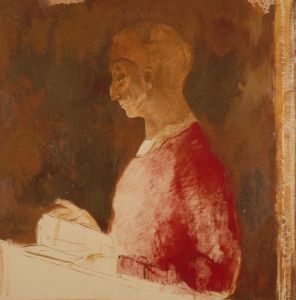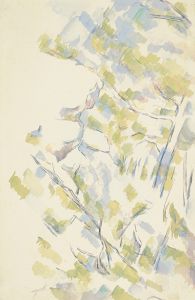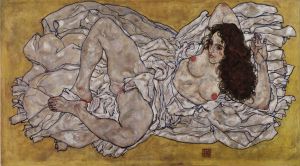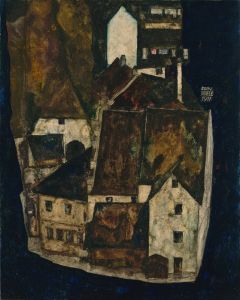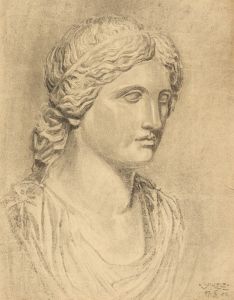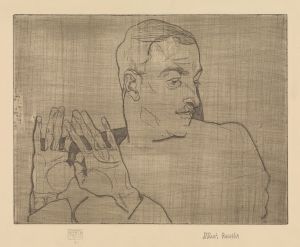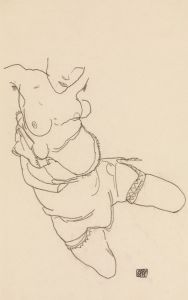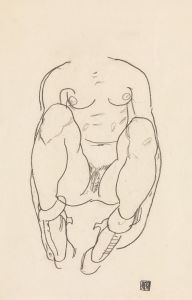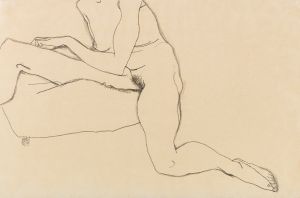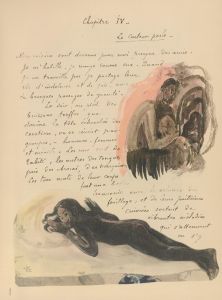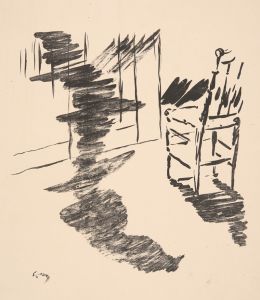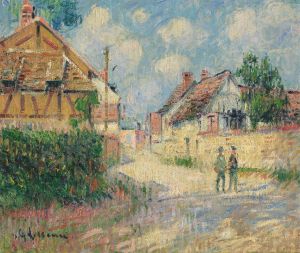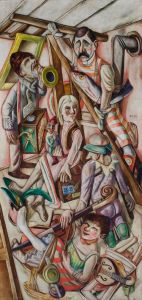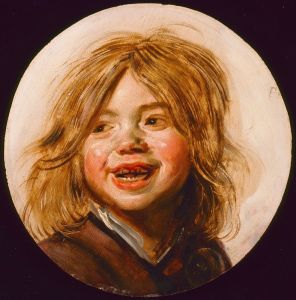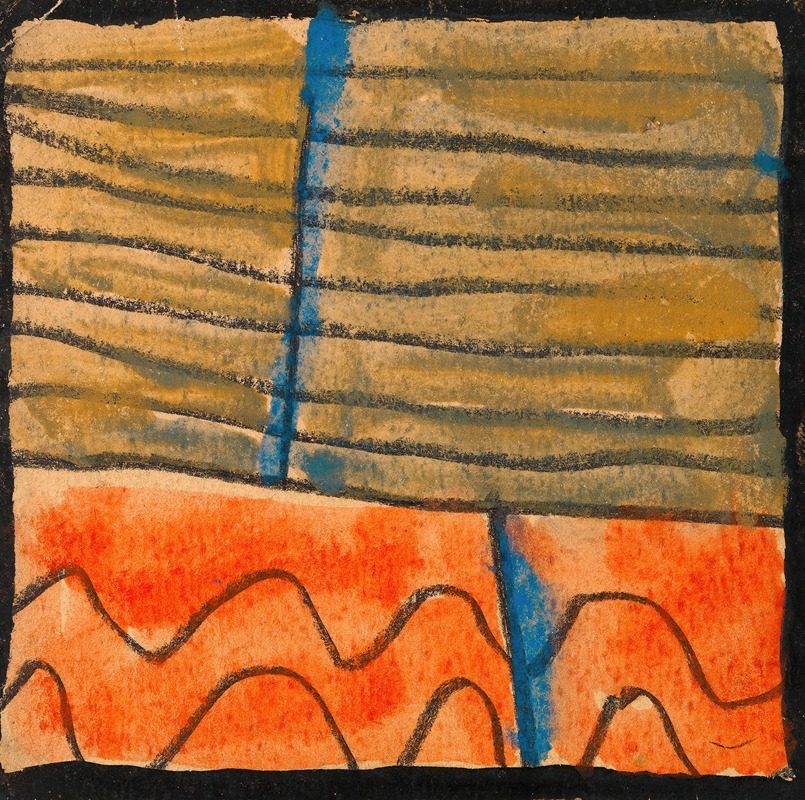
Abstrahierte Landschaft
A hand-painted replica of Egon Schiele’s masterpiece Abstrahierte Landschaft, meticulously crafted by professional artists to capture the true essence of the original. Each piece is created with museum-quality canvas and rare mineral pigments, carefully painted by experienced artists with delicate brushstrokes and rich, layered colors to perfectly recreate the texture of the original artwork. Unlike machine-printed reproductions, this hand-painted version brings the painting to life, infused with the artist’s emotions and skill in every stroke. Whether for personal collection or home decoration, it instantly elevates the artistic atmosphere of any space.
"Abstrahierte Landschaft" (Abstracted Landscape) is a painting by the Austrian artist Egon Schiele, who is known for his distinctive and often provocative style. Schiele was a major figurative painter of the early 20th century and a protégé of Gustav Klimt. He is recognized for his intense and raw portrayal of the human form and his expressive use of line and color.
Egon Schiele was born on June 12, 1890, in Tulln an der Donau, Austria. He showed an early talent for drawing and attended the Academy of Fine Arts in Vienna. Schiele's work is often associated with the Expressionist movement, although his style is uniquely his own. His career was tragically cut short when he died at the age of 28 during the Spanish flu pandemic in 1918.
"Abstrahierte Landschaft" is one of Schiele's lesser-known works, and it showcases his ability to convey emotion and movement through abstract forms. Unlike his more famous figurative works, this painting focuses on the landscape, abstracting it in a way that emphasizes form and color over realistic representation. The painting reflects Schiele's interest in capturing the essence of his subjects rather than their literal appearance.
The composition of "Abstrahierte Landschaft" is characterized by bold, sweeping lines and a dynamic use of color. Schiele employs a palette that includes earthy tones and vibrant hues, creating a sense of depth and movement within the landscape. The abstract nature of the painting allows viewers to interpret the scene in various ways, making it a compelling piece that invites contemplation.
Schiele's landscapes, including "Abstrahierte Landschaft," often feature a sense of isolation and introspection. This can be seen as a reflection of the artist's own turbulent life and the broader existential themes that permeate his work. The painting does not depict a specific location but rather an imagined or internalized landscape, which is a common theme in Schiele's oeuvre.
Throughout his career, Schiele produced a significant body of work that includes drawings, watercolors, and oil paintings. His landscapes, while not as widely recognized as his portraits and nudes, are an important part of his artistic legacy. They demonstrate his versatility as an artist and his ability to convey complex emotions through a variety of subjects and styles.
"Abstrahierte Landschaft" exemplifies Schiele's innovative approach to art and his departure from traditional representation. It highlights his skill in using abstraction to explore deeper psychological and emotional states. Today, Schiele's work is celebrated for its intensity and originality, and he is considered one of the most important artists of the early 20th century.
The painting is part of the collection of the Leopold Museum in Vienna, which houses one of the largest and most comprehensive collections of Schiele's work. The museum provides valuable insights into Schiele's life and artistic development, offering visitors the opportunity to explore his contributions to modern art.
In summary, "Abstrahierte Landschaft" is a testament to Egon Schiele's innovative spirit and his ability to capture the essence of his subjects through abstraction. It remains an important piece within his body of work, reflecting his unique vision and the emotional depth that characterizes his art.





